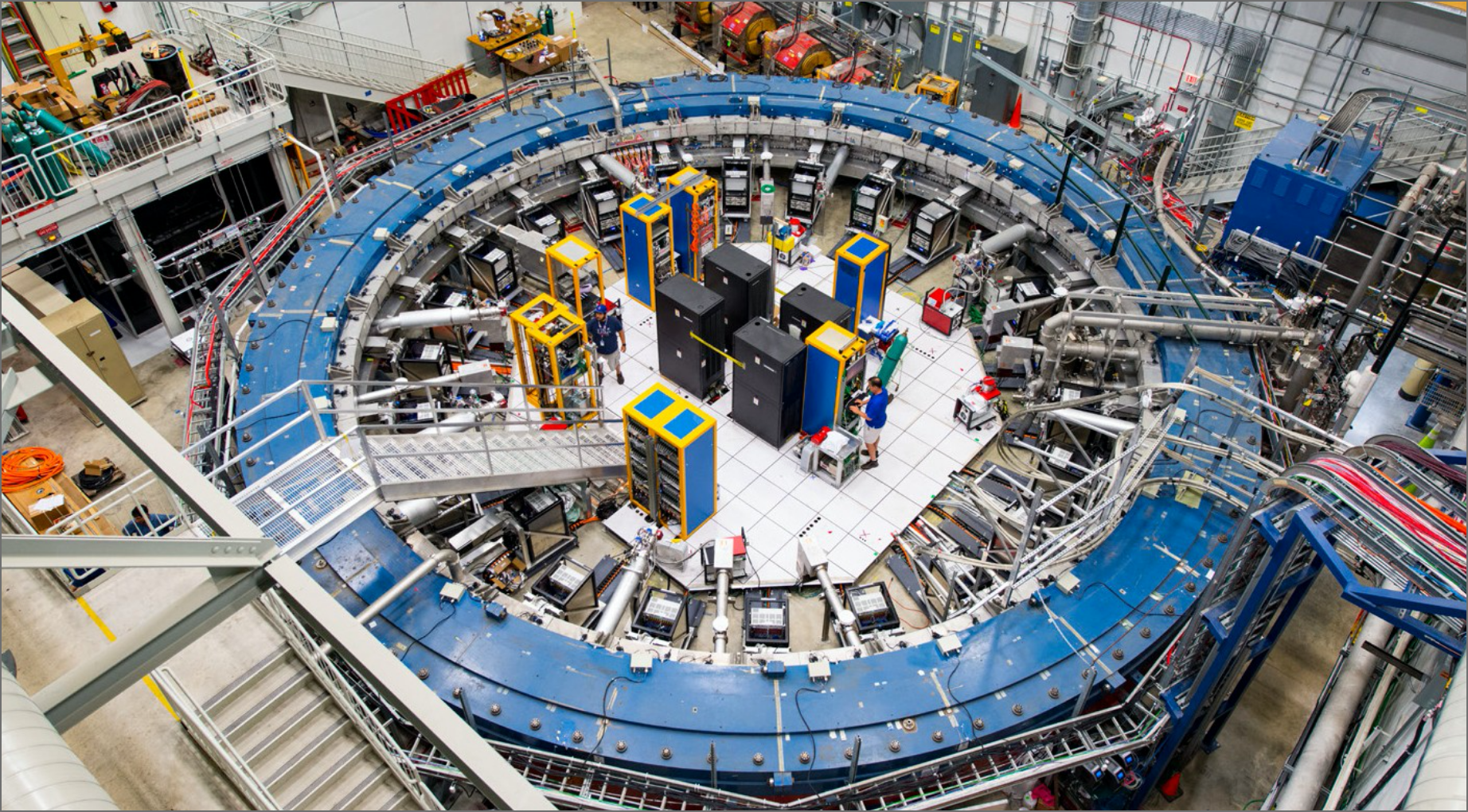Fixing the CFC leaks
-
- from Shaastra :: vol 02 issue 05 :: Sep - Oct 2023

Despite international phase-out agreements, chlorofluorocarbons are making their way into the atmosphere.
In the early 1970s, when scientists were beginning to make the connection between industrial chemicals and ozone depletion, little did a young PhD student know he would spend the better part of his career understanding – and helping fix – stratospheric ozone depletion.
"I didn't even know what the 'stratosphere' was, honestly," says A.R. Ravishankara, now 73 and a Professor of Chemistry and Atmospheric Science at Colorado State University in the U.S., referring to the atmospheric layer 12-50 km above the Earth's surface.
In 1974, chemist F. Sherwood Rowland and his post-doc Mario Molina published a theory on how chlorofluorocarbons destroy the ozone (O3) gas present in the stratosphere (go.nature.com/43Wf99C). Because stratospheric ozone acts like a natural, planetary sunscreen against the harmful UV-B radiation that can cause skin cancer in humans, the theory would shake the world for years to come.
Unaware of its publication though, Ravishankara soon happened to attend a talk by Rowland. Inspired by it, he switched tracks from studying the physical chemistry of molecules to atmospheric chemistry. "I finished my PhD and then went to do a post-doc on chemistry of the stratosphere and the troposphere," he says.
PAST ISSUES - Free to Read


Have a
story idea?
Tell us.
Do you have a recent research paper or an idea for a science/technology-themed article that you'd like to tell us about?
GET IN TOUCH














